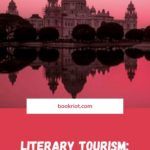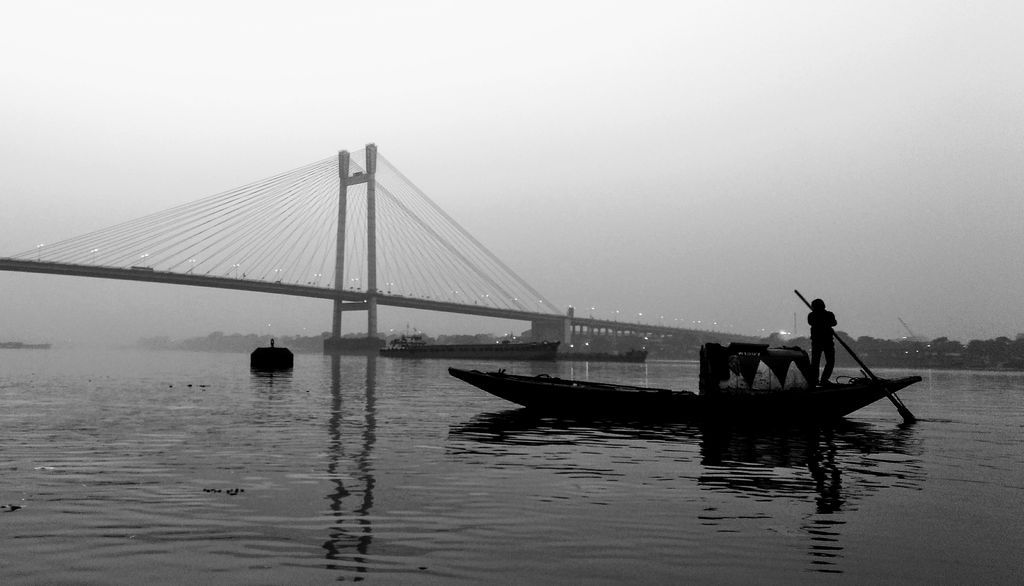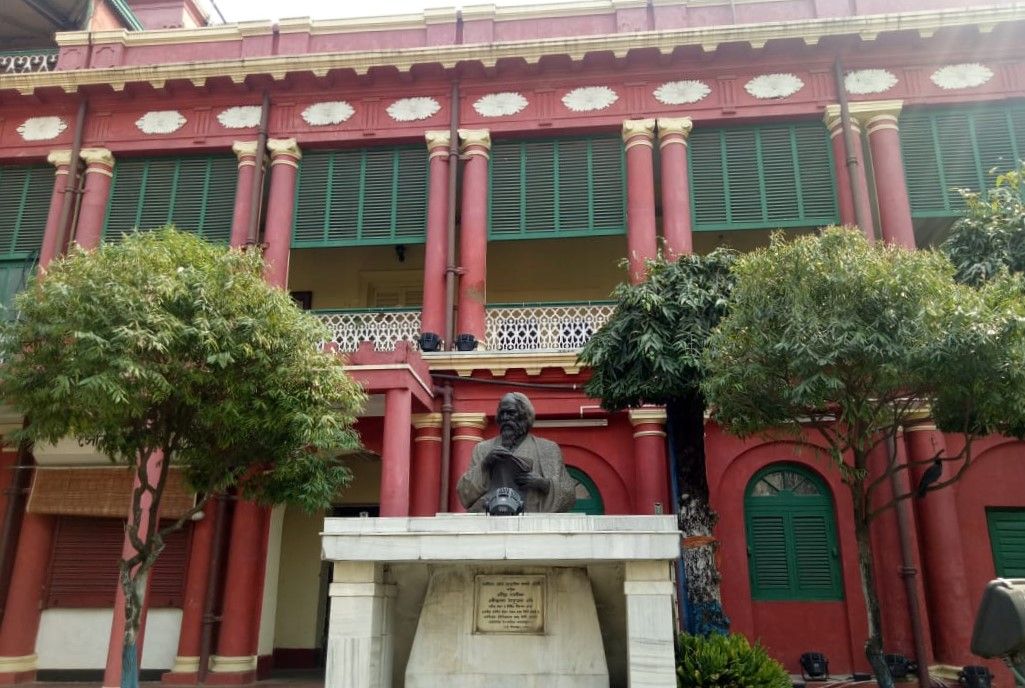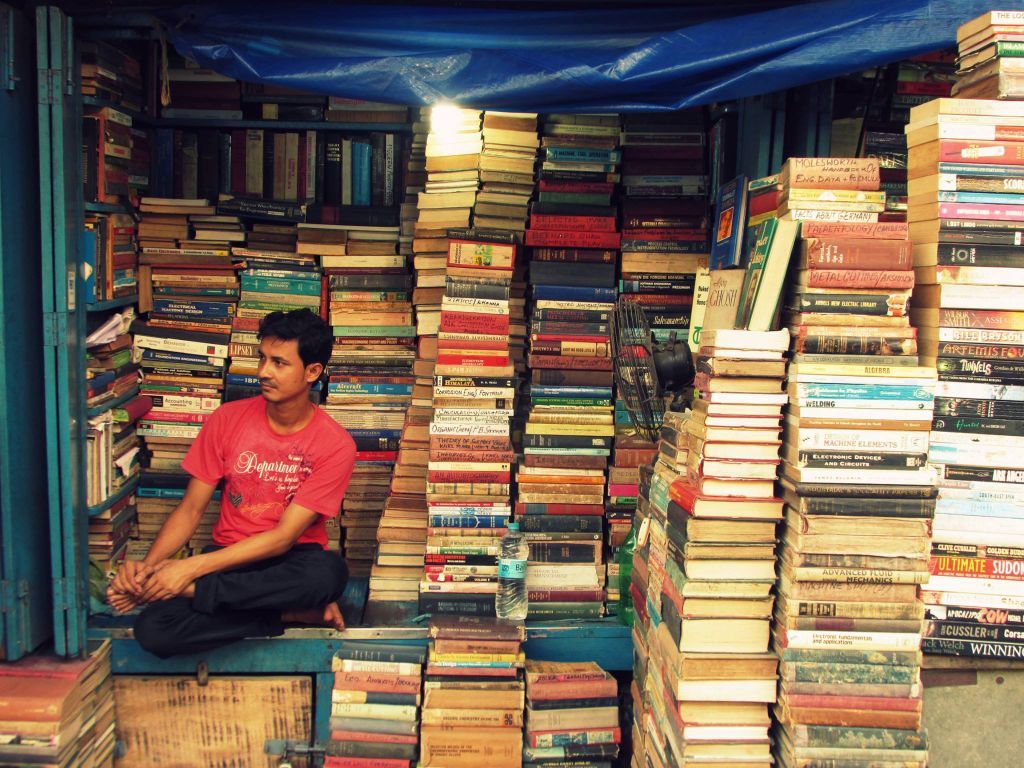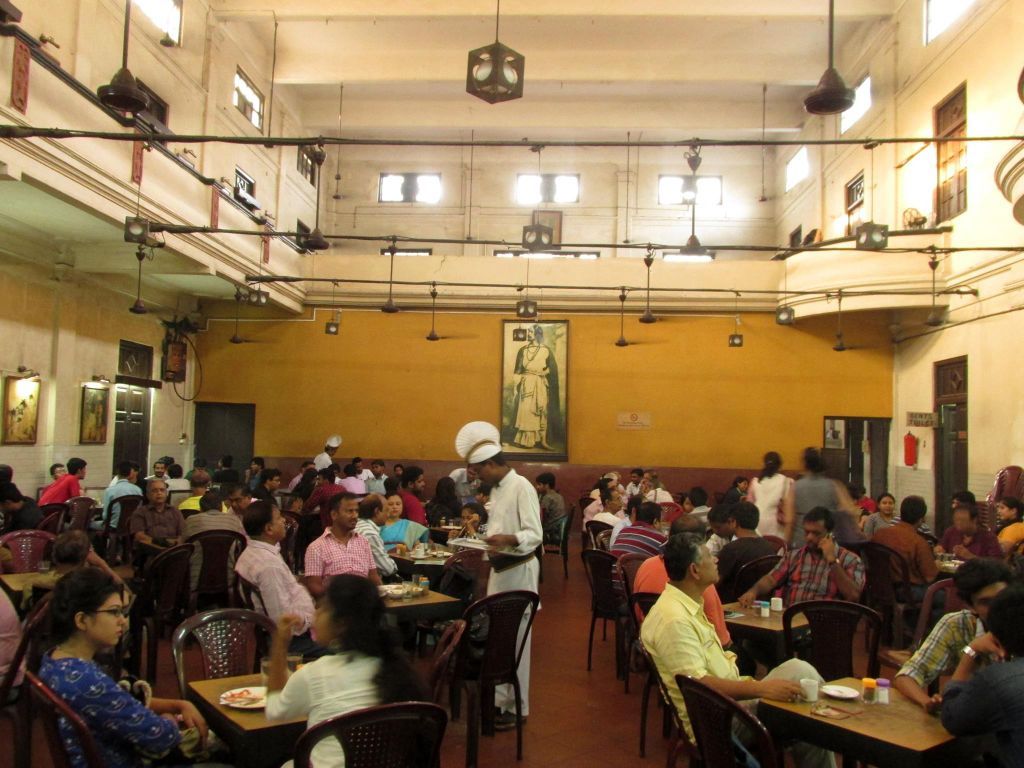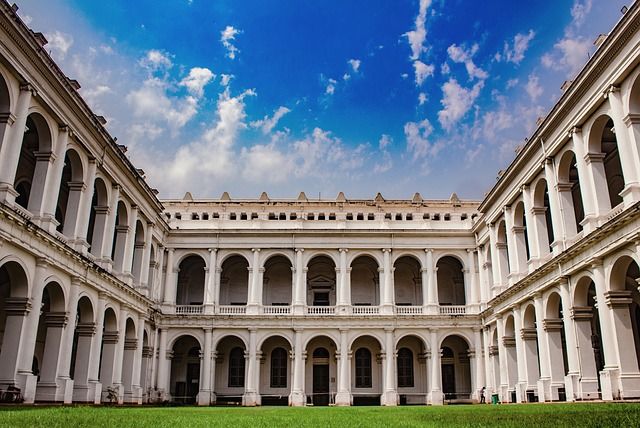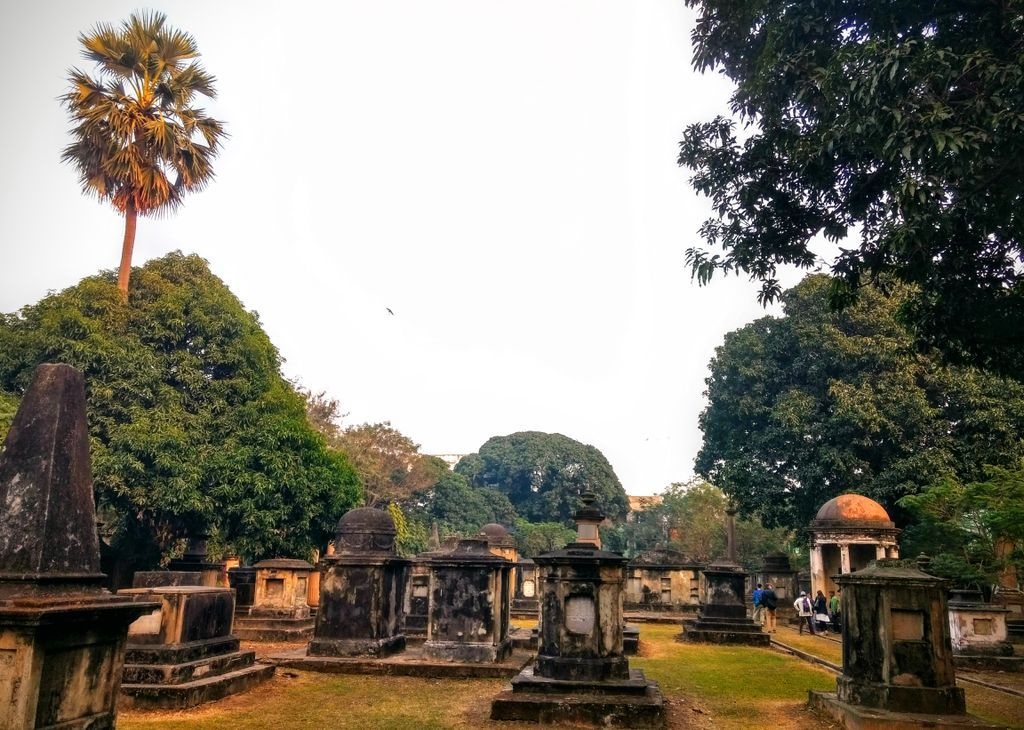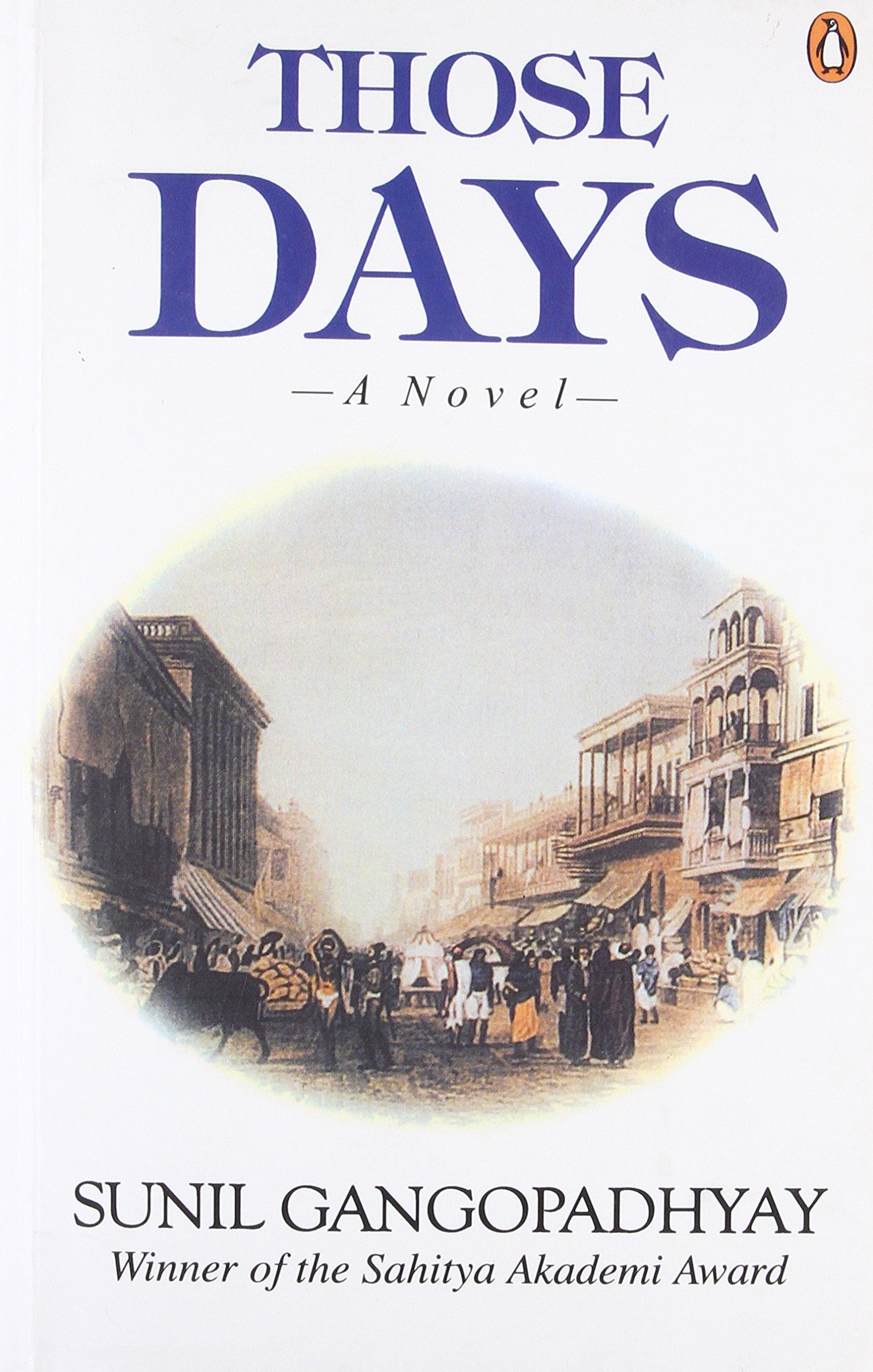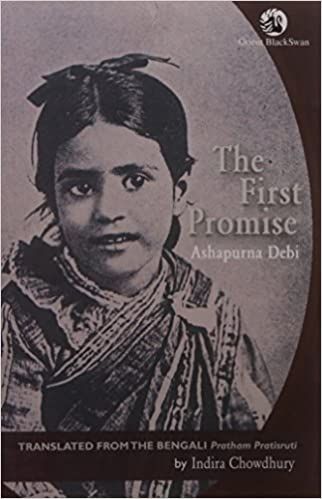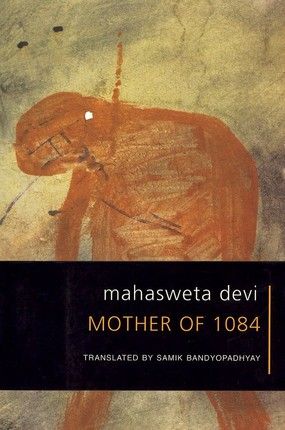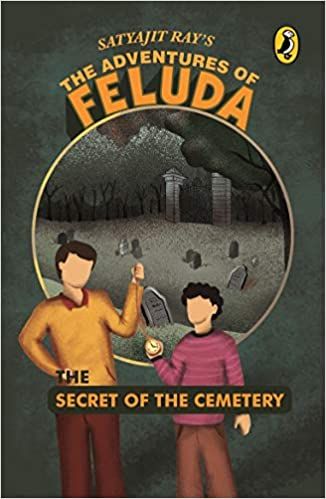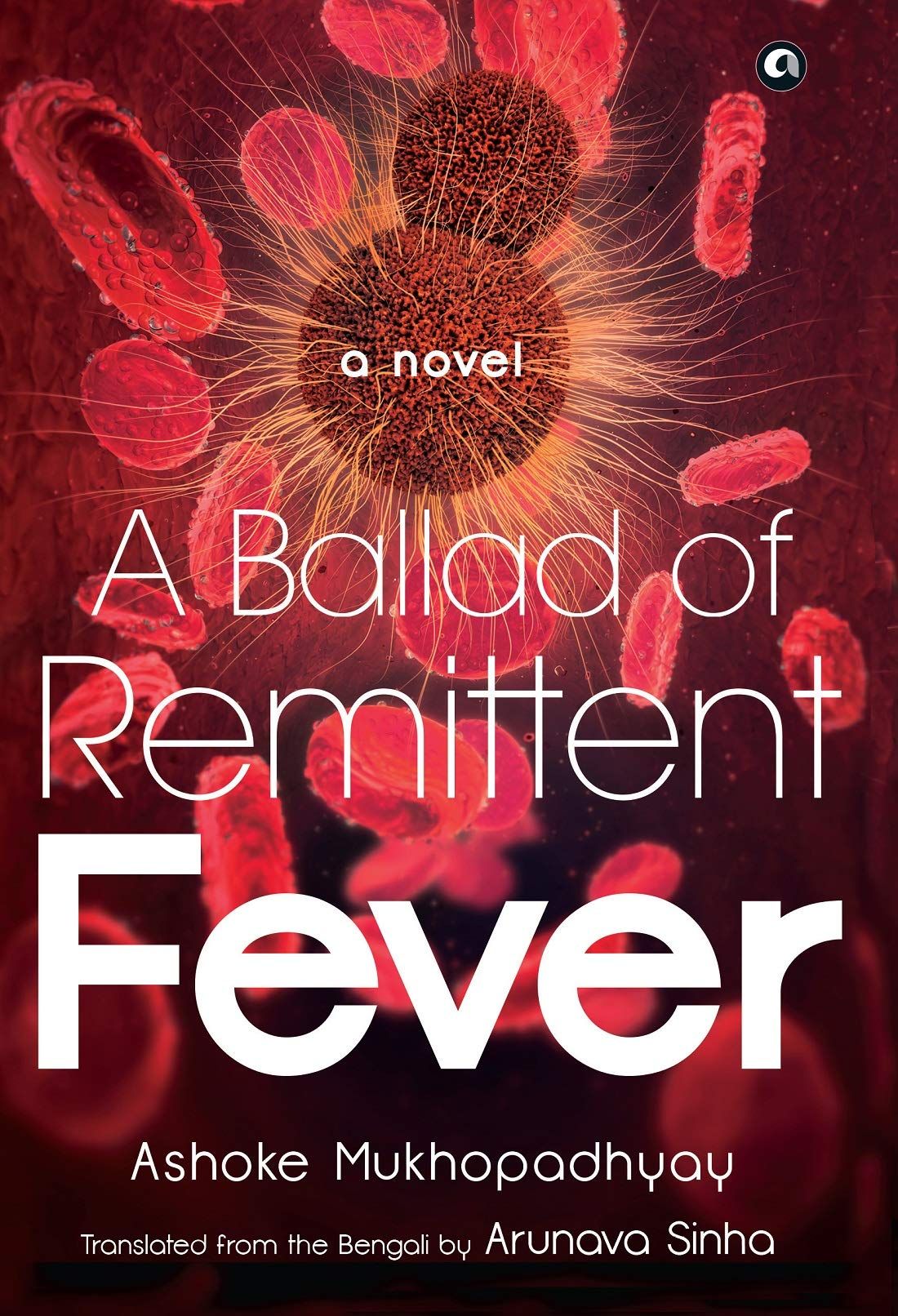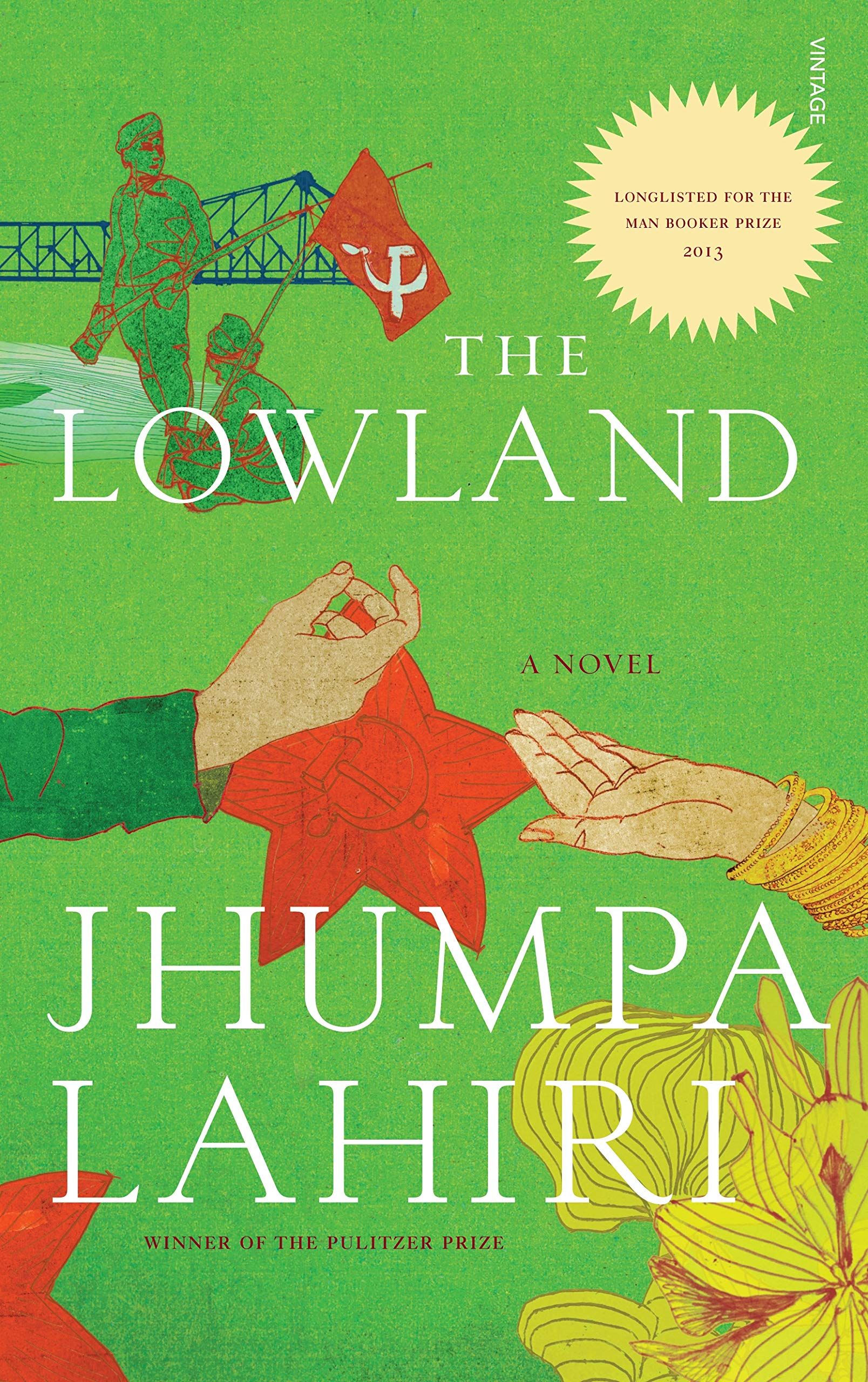Controversial origin story notwithstanding, Kolkata has always been the center of much political and cultural activity. It was the capital of British India, and the center of social reform and nationalist movements. The British shifted their capital out of Kolkata in 1911 when the rise of nationalist sentiments in the city became a serious threat to the colonial administration. The most important cultural movement of this time was the Bengal renaissance, which focused on social reform as well as reinvention of art, science, literature, and religion. Though Kolkata is younger than the other Indian metropolises, present day Kolkata has a rather ancient feel about it. There is less razzle-dazzle in the city than its rapidly modernizing counterparts. The residents seem ill at ease with the fast pace of the digitized world as they doggedly hang on to their afternoon siesta routines. But this outward stagnation leaves a lot of time for inward dynamism, and modern Kolkata still tries to, and somewhat succeeds, in carrying on the tradition of its early pioneers and being culturally and politically conscious. Literature remains a major part of daily life in the city. The little magazine movement that began in Bengal in the 1920s is still active in a way. Poets and writers in Kolkata still publish small periodicals devoted to the cause of literature, often at their own cost. The grand affair that is the International Kolkata Book Fair is the most awaited event for many city dwellers. Literature is often passionately discussed in adda sessions (adda is a word that can be loosely translated to an informal discussion, and can range from gossip mongering to serious literary or political discourse. The national pastime of Bengalis, it is best enjoyed with a steaming cup of chai). The literary tour of such a literary city is going to be a long one. It is also going to be very rewarding, for not only does Kolkata offer you a range of places to source books and recommendations from, the streets and buildings of this city partly stuck in the past also hum with their own stories.
Jorasanko Thakur Bari (Rabindra Bharati Museum)
Jorasanko Thakur Bari is the ancestral home of Rabindranath Tagore, Kolkata’s very own literary rock star, Robi Thakur (and Kobiguru and Gurudeb and Robika) to Bengalis, and first non-European Nobel laureate to the rest of the world. Make it your first stop on the literary tour of Kolkata if you do not want to run the risk of offending Bengalis everywhere. The sprawling mansion in the heart of North Kolkata was built in the early 19th century and has been home to many pioneers of the Bengal renaissance, including writers like Jyotirindranath Tagore, Rabindranath Tagore, and Swarnakumari Devi, and artists like Gaganendranath Tagore, Abanindranath Tagore, and Sunayani Devi. Part of the building is now a museum maintained by Rabindra Bharati University and houses paraphernalia that highlight the truly international appeal of Tagore’s humanism. To prepare yourself for the visit and to understand Tagore’s courage and conviction, read his essay on nationalism, a critique written at a time when fervent nationalist awakenings were sending shockwaves through colonial establishments all over the world – especially relevant in today’s political climate.
College Street
In Kolkata before the digital revolution finally wormed its way into the fabrics of even this extremely laid-back city, paras or neighborhoods were the units of community. Children in a para grew up spending all their evenings playing on the neighborhood streets, men engaged in regular adda sessions on verandas or roks and women exchanged recipes, ingredients and stories across windows and balconies. And in a very Kolkata fashion, there was a neighborhood for books – boi para, as the area around college street is still called. College street derives its name from the several important educational institutions that have their campuses here, including Presidency University and Calcutta University. Many of the large Bengali publishing houses (like Ananda Publishers, Dey’s Publishing and Mitra and Ghosh) have set up shop here, along with independent bookstores (National Book Store, Chakraborty and Chatterjee, and Dasgupta and Co. are some of the most popular). But the show is run by the scores of shanties selling old books that dot the street. Exploring these shops is like going on a treasure hunt – you never know what gem you might stumble upon. Browsing through these stalls on the street and picking up pre-loved obscure titles will give you an extraordinary opportunity to observe and interact with fellow readers – the ones who have left their marks on the books that you now hold, and the ones who are on a similar journey around you.
The Indian Coffee House
A rather dingy staircase at a corner of college street leads to this high-ceilinged café that is a national heritage building. This establishment has been frequented by poets, writers, filmmakers, and political thinkers ever since it opened its doors. Many a political and literary movement (and the Kolkata book fair!) has been spawned at the coffee house tables famous as a free space for political and literary discourse. The most notable of these is probably the Hungry Generation movement spearheaded by poets like Malay Roy Choudhury, Samir Roy Choudhury, Shakti Chattopadhyay, and Debi Roy. The movement sought to free Bengali literature of traditional, often colonial, notions about poetry. The works of the Hungryalist poets were published internationally and were known to influence several American poets, most famously, Allen Ginsberg. This and other branches of the Indian coffee house in Kolkata also witnessed the advent of the modern, global Indian cinema, having been patronized by stalwarts like Satyajit Ray, Mrinal Sen, and Ritwik Ghatak. Though the subjects of coffee house discourses have evolved, the place remains one where you can sit with a cup of coffee for hours, reading, writing or engaging in a passionate debate with your friends. So after scourging the streets of boi para, order yourself a cup of infusion (strong black coffee) and a plate of fish kobiraji (deep fried fish fillet served with a pungent mustard sauce), settle yourself down at one of the tables, among the excited cacophony of dozens of voices. Savor the look and feel of the books you just bought, and imagine what it must have felt like, composing avant garde poetry or plotting political revolution under this very roof.
Independent Publishers and Bookstores
Self-publishing and independent publishers were always prominent in the Kolkata literary scene, and the best way to get a sense of the dedication that these publishers have towards literature is to visit during the Kolkata Book Fair, or Boi Mela, an annual event that gives them a platform to interact with and attract potential readers. My personal favorite independent publisher is Stree Samya books, which focuses on gender and culture studies and has published the works of several forgotten women writers. They also publish English translations of lesser known Bengali titles. Apart from the popular bookstores on college street, Seagull Books and Earthcare Books in south Kolkata are charming independent bookstores. Seagull has an extensive collection of translated literature from all over the world, and boasts a cozy, reader friendly ambience. Earthcare Books sells and publishes extensively about social and environmental justice. They also have an excellent collection of illustrated books for children.
Indian Museum
If there is one Kolkata landmark that embodies the spirit of the city, it is the Indian Museum in the New Market area. The museum was founded in 1814 and is the oldest and largest multipurpose museum in the Indian subcontinent. The collection of the museum is as vast as Kolkata is cosmopolitan. Yet there is an inherent unkemptness, chaos, indifference, and stagnancy in the way it is housed. I tend to romanticize this chaos, much like Kolkata residents feel about their city. Chaos in a museum definitely should not be romanticized, but it makes me feel closer to the past than the strict order of other, better maintained museums. As a reader on a literary tour, you must have a penchant for stories from the past. Do not miss this ancient museum and take your time exploring its many diverse halls.
Other Literary Landmarks
The National Library of India in Kolkata, housed in a stately heritage building, the largest and one of the most important libraries in India, had my heart with its kiddie reading room with cute chairs and wondrous collection of children’s books when my mother first took me there. The Asiatic Society, founded in 1784 and now an institution of national importance, has its own museum, library, and a very rich history. The Sahitya Akademi (National Academy of Letters, that publishes in English and Indian regional languages and confers one of the most prestigious awards for regional literature) has an office and a library in Kolkata. If you are into theatre and art, the Rabindra Sadan complex, with its many galleries and auditoriums is a must visit. In the recent years, Kolkata has also been hosting the People’s Literary Festival, a crowd funded festival that aims at providing a platform to marginalized voices, without the constraints that often come with corporate sponsorship. Kolkata is a place where it is perfectly acceptable to plop yourself down with a book in whatever place that takes your fancy. Some of the best reading spots in the city are the verdant banks of the Rabindra Sarobar lake, one of the many ghats (piers) on the river Hooghly, the Nandan courtyard in the Rabindra Sadan complex, Maidan (a huge urban park with a view of the iconic Victoria Memorial) in the winter morning sunshine, or, if you are feeling particularly adventurous and are armed with enough mosquito repellent, the South Park street Cemetery (a personal favorite: long defunct, eerie, old, unbelievably green and buzzing with stories).
Books Set in Kolkata
In these uncertain times, traveling to Kolkata might seem like a far cry. So while you wait for the world to be ready for exciting literary tours, immerse yourself into these excellent books set in Kolkata and get to know the city a little better.
